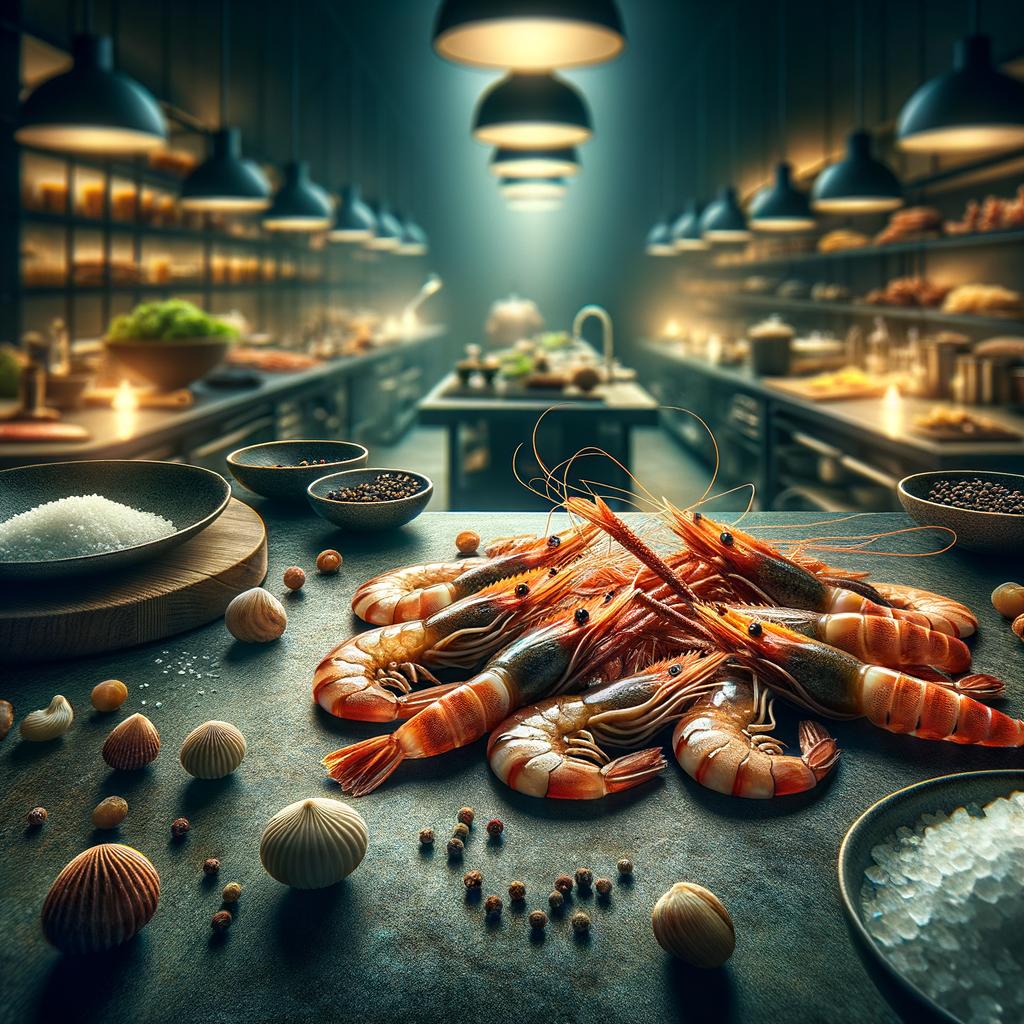Dried Shrimp

Dried Shrimp
Description
Dried shrimp are tiny, dehydrated crustaceans, often hailing from the ocean's depths. They are usually small, measuring no more than a few centimeters in length, and their hues range from a pale pink to a rich, sun-dried orange. The texture of dried shrimp is quite unique – firm and slightly crunchy when dry, yet they soften and release an intense aroma and flavor when rehydrated or cooked. Their flavor profile is robust, with a strong, concentrated shrimp taste, a touch of sweetness, and a hint of the sea. What sets dried shrimp apart from their fresh counterparts is their long shelf life and the intense umami flavor they bring to dishes.
Primary Uses
Dried shrimp are a culinary powerhouse, used in a myriad of dishes across various cuisines. In Asian cooking, they are a key component in soups, stir-fries, and sauces, lending their unique umami flavor. They are often rehydrated and pounded into a paste to be used in Thai curry pastes or Vietnamese dipping sauces. In Latin American cuisine, they are ground and used in moles or mixed with spices to make a flavorful seasoning. Beyond their culinary uses, dried shrimp have also been used in traditional medicine, believed to be beneficial for kidney health.
History
The history of dried shrimp is as rich and varied as the dishes they are used in. They were a staple in the diet of seafaring explorers, valued for their long shelf life and nutritional content. In ancient China, they were considered a delicacy and used in imperial cuisine. Over time, their use spread across the globe, becoming a key ingredient in many cultural dishes. Folklore in some cultures tells tales of dried shrimp being used as currency due to their high value.
Nutritional Information
Despite their small size, dried shrimp pack a nutritional punch. They are high in protein and provide a good amount of minerals like calcium, potassium, and phosphorus. They also contain omega-3 fatty acids, which are known for their heart health benefits. However, like most seafood, they are high in cholesterol and sodium, so they should be consumed in moderation. Compared to fresh shrimp, dried shrimp have a more concentrated nutritional profile due to the dehydration process, which removes water but retains most nutrients.
In the hands of a skilled cook, dried shrimp can transform a simple dish into a culinary masterpiece, a testament to their enduring appeal and versatility.

